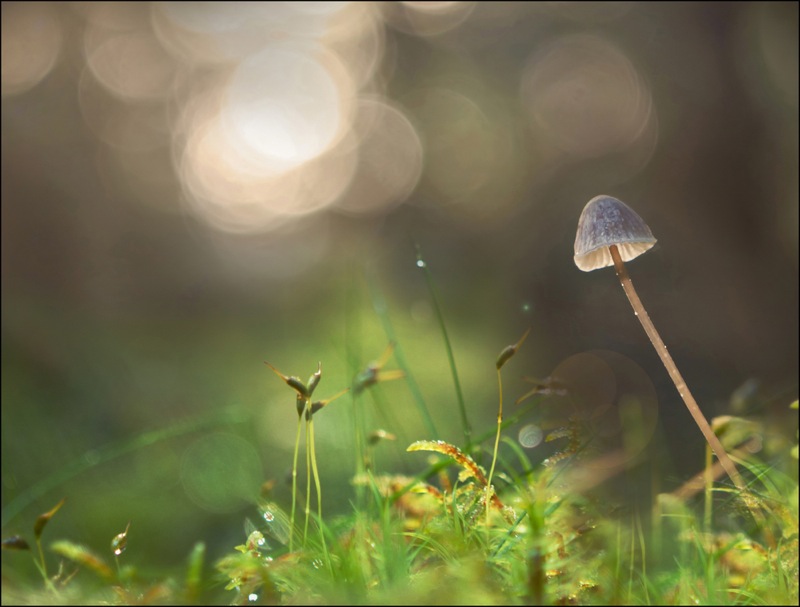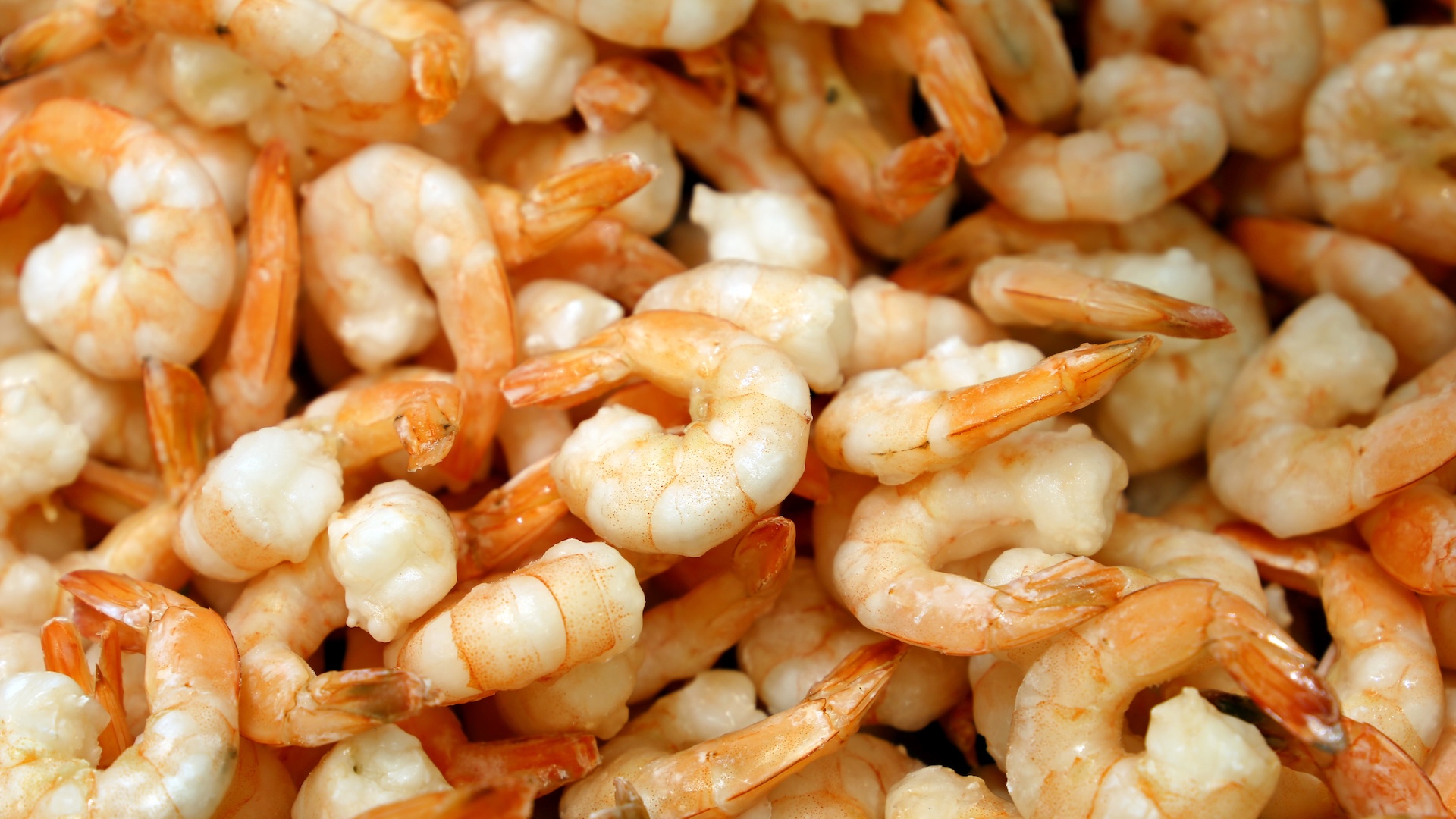From 'Magic' Mushrooms to Meth: The ER Rates for Drug Users

Alcohol and marijuana may be the most commonly used recreational drugs in the world, but "magic" mushrooms appear to be the safest, a new survey finds.
Of the more than 12,000 people surveyed worldwide who said they used magic mushrooms in 2016, just 0.2 percent said that they needed emergency medical treatment, according to the survey. At the opposite end, the drug that resulted in the most emergency medical treatments was methamphetamine: Nearly 5 percent of the 1,500 people who reported using it said they wound up needing treatment, the Global Drug Survey found.
The results of the survey don't mean that the drugs it includes are harmless. There are risks associated with all of the substances in the survey. For example, long-term use of magic mushrooms may cause flashbacks and memory problems, according to the National Institutes of Health. After methamphetamine, the drug with the second-highest rate of users needing emergency medical treatment was synthetic cannabinoids, the researchers found: Of the 1,300 users in the survey, 3.2 percent reported needing emergency medical treatment after using this drug. [11 Odd Facts About 'Magic' Mushrooms]
The Global Drug Survey is a London-based research group that's focused on making drug use safer. The results of the 2017 survey were published today (May 24) and included responses from more than 115,000 people from 50 countries.
By looking at the rates of people seeking emergency medical treatment after using a drug, the researchers said that they can get a sense of the risk of acute harms associated with use of the various substances.
The researchers noted that the results of the survey are not applicable to the general population — the survey is aimed at people who do use drugs.
Alcohol was by far the most commonly used substance, with nearly 100 percent of the respondents reporting that they had ever drank alcohol, and 94 percent reporting that they had used it in the past year. Marijuana was the runner-up, with 78 percent reporting having ever used the drug, and 60 percent reporting use in the past year.
Get the world’s most fascinating discoveries delivered straight to your inbox.
The rates of people needing emergency medical treatment after drinking alcohol last year was 1.3 percent, and for marijuana use, 0.6 percent, according to the survey.
The researchers also looked at the rates of emergency medical treatment for other types of drug use. For example, 1.2 percent of the 25,000 MDMA users (the active ingredient in the drug ecstasy) reported seeking emergency medical treatment, and 1 percent of the 22,000 cocaine users reported the same. These rates are higher than those reported by these groups in 2015, the researchers said.
And while the researchers found that magic mushrooms had the lowest reported rates of emergency medical treatments, the rates for the use of other psychedelic drugs were not nearly as low. For example, 1 percent of the 13,000 LSD users reported needing emergency medical treatment in 2016 due to the drug — a rate that's 5 times higher than the one reported by magic mushroom users.
One reason for this difference, the researchers said, is that the amount of LSD in one "dose" can vary significantly, depending on how much of the drug the drug maker adds. In addition, the effects of LSD last much longer than those of psilocybin, the active ingredient in magic mushrooms.
Originally published on Live Science.


